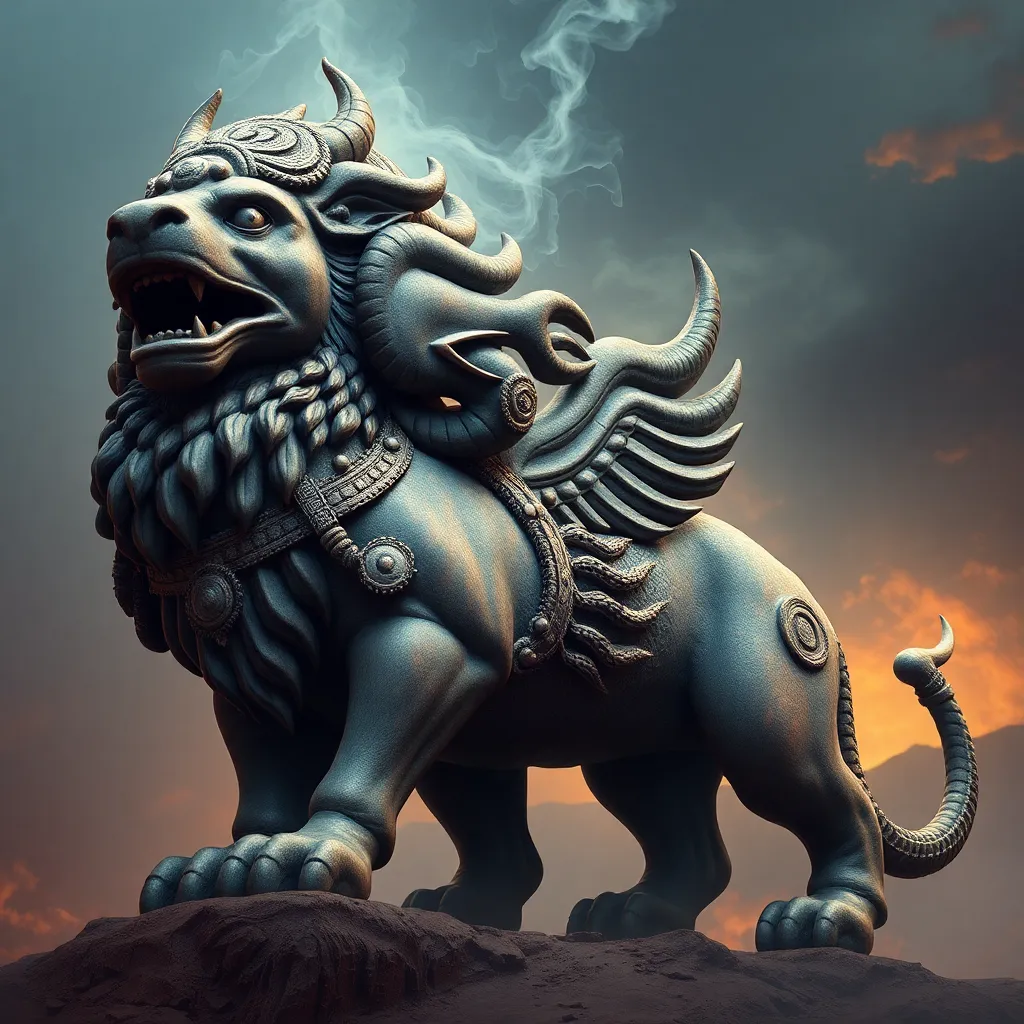From Werewolf to Witch: The Folklore of Shapeshifting Across Cultures
I. Introduction
Shapeshifting is a fascinating concept prevalent in folklore around the world, where beings can alter their physical form or appearance. This phenomenon is not merely a fantastical element; it holds significant cultural and psychological meanings. Shapeshifting narratives often reflect humanity’s struggles with identity, fear, and transformation. This article will explore the rich tapestry of shapeshifting myths across various cultures, examining how they have evolved and what they reveal about human nature.
II. Historical Context of Shapeshifting
The roots of shapeshifting myths can be traced back to ancient civilizations. Many cultures have documented stories of beings capable of transformation, which often served to explain natural phenomena or human behavior.
- Origins of shapeshifting myths: These myths often emerge from a deep-seated connection to nature, where humans sought to understand their relationship with the world around them.
- Evolution of shapeshifting legends: Over centuries, these legends have transformed, influenced by societal changes, religious beliefs, and the advent of literature.
- Folklore and psychology: Shapeshifting serves as a lens through which we can explore human psychology, revealing our fears, desires, and the innate need for change.
III. Werewolves: The Beast Within
Among the most iconic shapeshifters are werewolves, particularly in European folklore. These legends often symbolize the duality of human nature, embodying the struggle between civilization and primal instincts.
- European werewolf legends: Stories of werewolves date back to ancient Greece and Rome, where they were depicted as men cursed to transform into wolves during the full moon.
- Cultural interpretations: The werewolf archetype varies significantly, from the fearsome beast in Gothic literature to the tragic hero in modern interpretations.
- Societal fears: Werewolf myths often reflect societal anxieties, such as the fear of the ‘other’ or the unpredictability of human nature.
IV. Witches and Transformation
Witches have been portrayed in various cultures as figures capable of transformation, often associated with nature and the supernatural. Their narratives explore themes of power, fear, and the unknown.
- Portrayal of witches: From the malevolent witches of European fairy tales to the wise herbalists of indigenous cultures, the depiction of witches varies widely.
- Witchcraft and transformation: Many witchcraft legends involve potions or spells that enable transformation, highlighting the connection between magic and identity.
- Case studies: In European folklore, witches are often seen as dangerous figures, while in African traditions, they may be revered as healers.
V. Other Notable Shapeshifters in Global Mythology
Beyond werewolves and witches, numerous other shapeshifters populate global mythology, each with unique attributes and cultural significance.
- The Skinwalker: In Navajo tradition, skinwalkers are witches who can transform into animals, often representing the fear of the unknown and the violation of natural laws.
- The Kitsune: In Japanese folklore, foxes known as kitsune are believed to possess magical abilities, including shapeshifting. They can take the form of beautiful women or other creatures.
- The Selkie: In Celtic mythology, selkies are seal creatures that can shed their skins to become human, embodying themes of longing and the duality of existence.
VI. Psychological and Symbolic Interpretations
The psychology of shapeshifting delves into the human experience of change, identity, and transformation. These narratives often symbolize deeper emotional and psychological states.
- Psychology of shapeshifting: The ability to transform can represent a desire for freedom, escape, or a fundamental change in one’s life.
- Symbolism of transformation: Shapeshifting serves as a powerful metaphor for personal growth, adaptation, and the fluidity of identity.
- Metaphor for change: In many cultures, shapeshifting embodies the inevitability of change and the potential for rebirth, suggesting that transformation is a natural part of life.
VII. Modern Representations of Shapeshifting
In contemporary culture, shapeshifting remains a popular theme in literature, film, and other media, often reinterpreted for modern audiences.
- Shapeshifting in literature and film: From classic novels like “Dracula” to modern series like “Harry Potter,” shapeshifters continue to captivate audiences.
- Resurgence in pop culture: Recent television shows and movies have revived interest in shapeshifters, exploring new narratives around identity and transformation.
- Modern interpretations: Today’s portrayals often blend traditional folklore with contemporary themes, challenging viewers to reconsider the nature of identity and transformation.
VIII. Conclusion
Shapeshifting narratives offer a rich exploration of cultural folklore, identity, and transformation. From werewolves to witches and beyond, these stories serve as mirrors reflecting our deepest fears, desires, and the complexities of human nature. The enduring appeal of shapeshifting in folklore highlights our fascination with the concept of change and the myriad ways it manifests in our lives. As we continue to engage with these narratives, they will undoubtedly shape our understanding of identity and the human experience.



